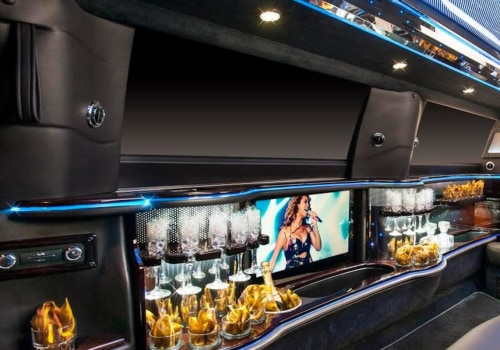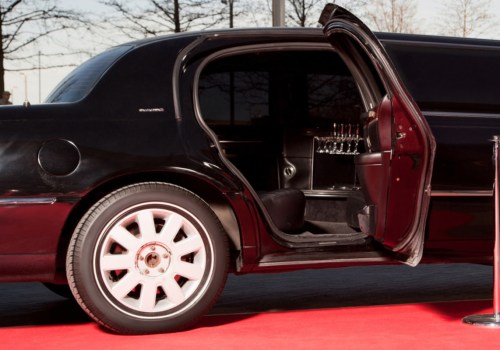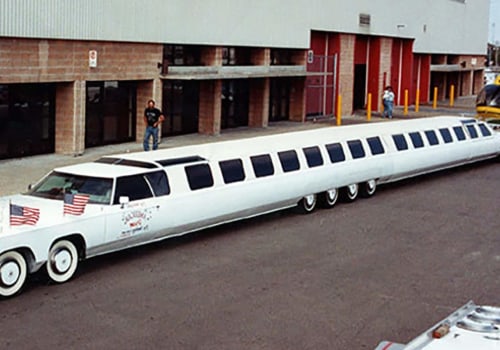There were limousines everywhere and some limousine builders even became household names. But lately, with the increase in transportation options and, in some places, social positions, limousines have lost popularity. Factory luxury sedans and SUVs have improved a lot over the years, which could be considered a factor. As things stand, limousines operate in a regulatory gray area.
After leaving the factory as a car or SUV, independent manufacturers heavily modify each vehicle without complying with strict federal regulations, cutting vital support structures before welding the new parts and parts into place. And while there are some regulations, they vary from state to state. The confusing standards and mandates surrounding limousines have helped to create a market riddled with uncertainty. That is, we may not know if there is a problem until something goes wrong.
A “De-Ville Limousine” was intended to drive around the city, and a “Landaulet Limousine” was a convertible design. In 1962, Checker Motors created a similar section; the “Aerobud” was a 15-seat limousine designed to transport airline passengers out of town. But what these two classic limousine scenes, which premiered more than 25 years ago, have in common is why Reston Limousine, one of the largest executive transport companies in the region, already owns just a few of the vehicles that bear its name. In 1916, the Society of Automotive Engineers of the United States defined a limousine as “an enclosed car with seating for three or five people inside, with the driver's seat outside.
I suppose, somehow, this leaves the door open for an anxious and courageous person to resurrect the limousine. The limousine dominated the chauffeur services industry for luxury cars for decades, but it began to decline in the late 80s, mainly due to the market crash of 1987, when things took a downward spiral. In the early 1990s, about 5,800 limousines were produced in the U.S. In the US, almost 1,200 fewer than a decade earlier.
The Navigator was one of the first, in addition to the Mercedes M-Class, to change the image of luxury SUV travel as an alternative to limousine service or traditional urban cars. Limousines have always held a special place in the hearts and minds of the American public since their creation in the early 20th century. When the brakes of a 2001 Ford Excursion limousine failed on a downhill stretch of road in upstate New York, the vehicle, which gained speed of more than 100 miles per hour, lost control and crashed into a small ravine, killing 17 people inside, as well as the driver and two bystanders. More companies followed Checker to the airport, and that's when the design really took off, with stretchy limousines that even earned the nickname “Airporter Stretch Coaches”.
Sleek and stealthy like a shark drifting between a bank of fish, a limousine traveled silently down the street, with windows tinted black and decorative lights on. Heck, even the world's largest ridesharing companies, Uber and Lyft, offer luxury services for those looking for a refined limousine-like experience (Uber Lux and Lyft Lux).







